The Dignity of Struggle: Sebastião Salgado's TRABALHADORES (Workers) exhibition, at Casa Firjan, Rio de Janeiro
What does the past reveal to us about the future of work?
There's something magical about stumbling upon extraordinary art while on vacation. Here I am in Rio de Janeiro during what locals call winter, though the temperatures feel decidedly like summer, and I find myself face-to-face with some of the most powerful photographs ever captured. At Casa Firjan, Sebastião Salgado's exhibition on workers has left me both humbled and inspired.
The price? $0. Free. Nada, Nothing.
Going there was a recommentation from my friend Edgard, thanks, man! I’m sorry we missed each other today.
The genius behind the lens
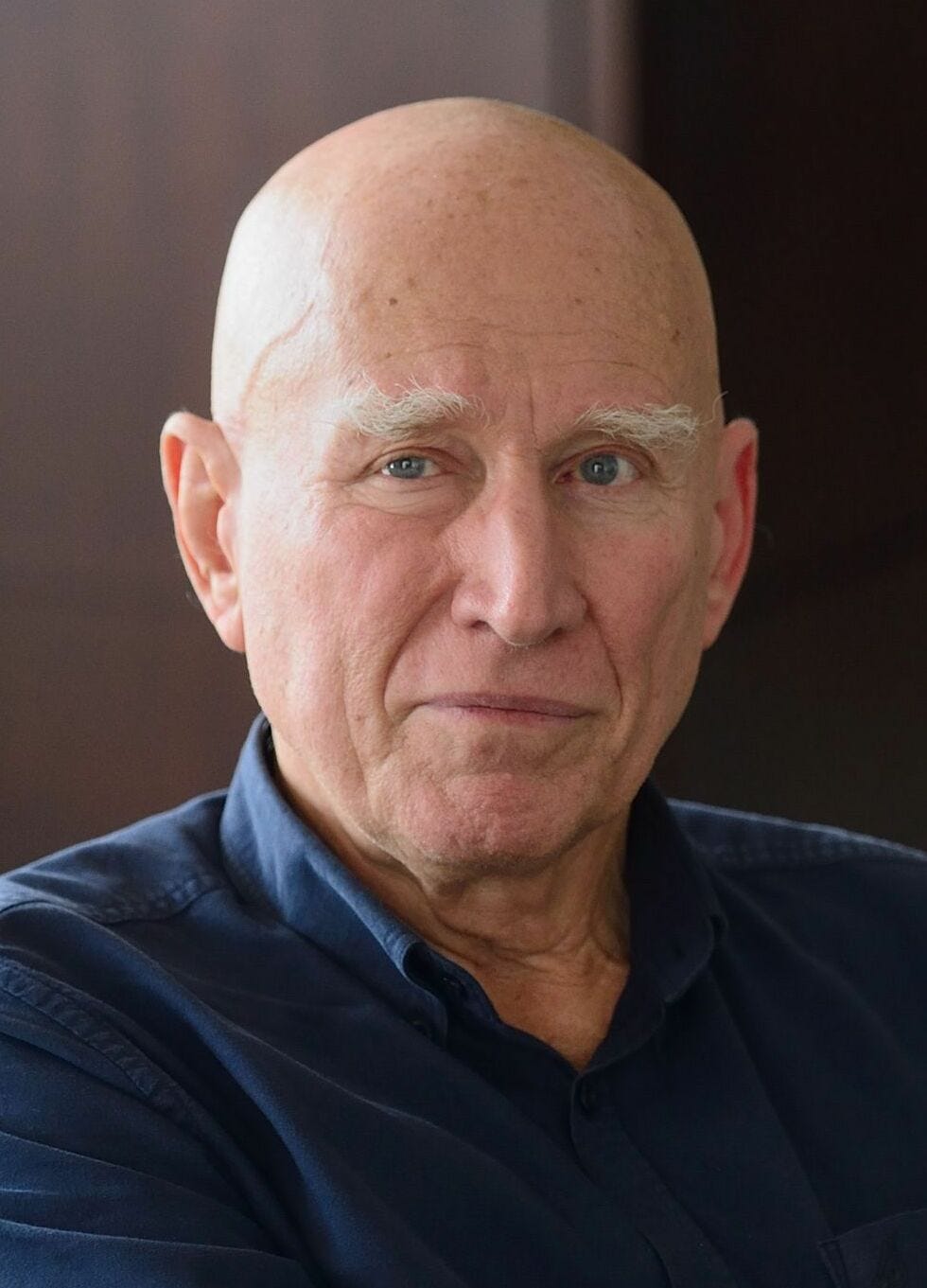
Sebastião Salgado is a visual poet who has spent decades documenting the human condition with unprecedented depth and compassion. Born in Brazil in 1944, Salgado began his career as an economist before picking up a camera in the 1970s. This transition from economics to photography would reshape how we see the world.
What sets Salgado apart is his resilience and commitment to long-term projects that can span years or even decades. During all that time, he immersed himself in communities, building trust and understanding that translates into photographs of extraordinary intimacy and power. His black-and-white images possess a timeless quality that transcends mere documentation, it has as much Punctum as Japanese food umami.
Revolutionizing photography
Salgado's influence on photography cannot be overstated. He elevated documentary photography to fine art, proving that images of social and environmental issues could be both beautiful and devastating. His approach combines the rigor of photojournalism with the aesthetic sensibility of fine art photography.
His major works are "Workers," "Migrations," "Genesis," “Amazonia”, and "The Salt of the Earth", which have redefined what photography can achieve. Through his lens, we see not just subjects, but souls. His photographs don't exploit suffering, they dignify it, giving voice to the voiceless and making visible those society often overlooks.
The dignity of labor
The exhibition at Casa Firjan focuses on Salgado's monumental "Workers" series, a project that took him eight years to complete (1986-1994). This body of work documents manual laborers across the globe, from the gold mines of Serra Pelada in Brazil to the oil fields of Kuwait, from tea plantations in Rwanda to steel mills in Ukraine.
What striked me immediately about these photographs is how Salgado transforms backbreaking labor into something almost mythological. His workers aren't just people doing jobs, they're modern-day titans, their bodies sculpted by toil, their faces etched with dignity despite harsh conditions. The dramatic lighting and composition elevate these scenes from mere documentation to something approaching the sacred, all in black and white, of course.
In one unforgettable image from Serra Pelada, thousands of gold miners climb wooden ladders, their bodies creating patterns that seem almost choreographed. It's Dante's Inferno reimagined, but with a profound respect for human resilience. These aren't victims in Salgado's frame, but heroes of the industrial age.
The exhibition reveals how Salgado sees beauty in the most unlikely places. A sugar mill worker covered in molasses becomes a bronze sculpture. Shipyard workers silhouetted against massive steel structures look like figures from an epic poem. Through his eyes, manual labor becomes a form of artistry itself.
Casa Firjan
For those planning to visit, Casa Firjan is located in Botafogo, one of Rio's most accessible neighborhoods.
Casa Firjan
R. Guilhermina Guinle, 211
Rio de Janeiro, Brazil
The cultural center is easily reachable by subway or bus. The building itself is worth the visit, and I recommend going on early morning, because there’s a fantastic breakfast restaurant right there as well called Empório Jardim.
As you can tell, the exhibition space is thoughtfully curated, with prints displayed at eye level that allow you to get close enough to see every detail of Salgado's masterful printing technique. Plan to spend at least an hour here, because these aren't photographs you rush through.
A winter that feels like summer
Being in Rio during winter has been a revelation. While it's technically the cold season, temperatures hover around 25°C (77°F), making it perfect weather for exploring the city's cultural offerings. The softer light of winter actually enhances the experience of viewing Salgado's work, there's something fitting about contemplating these profound images while Rio's gentler season provides a contemplative backdrop.
As I walked through the exhibition, camera in hand capturing my own memories of this experience, I was reminded why Salgado remains one of our most important photography artists and photojournalist Earth had seen.
Rest in peace, Sebastião Salgado. We miss you, but the photographs and memories you left us all are eternal.
PS: Currently writing from Rio de Janeiro, where winter feels like summer and art feels like revelation.





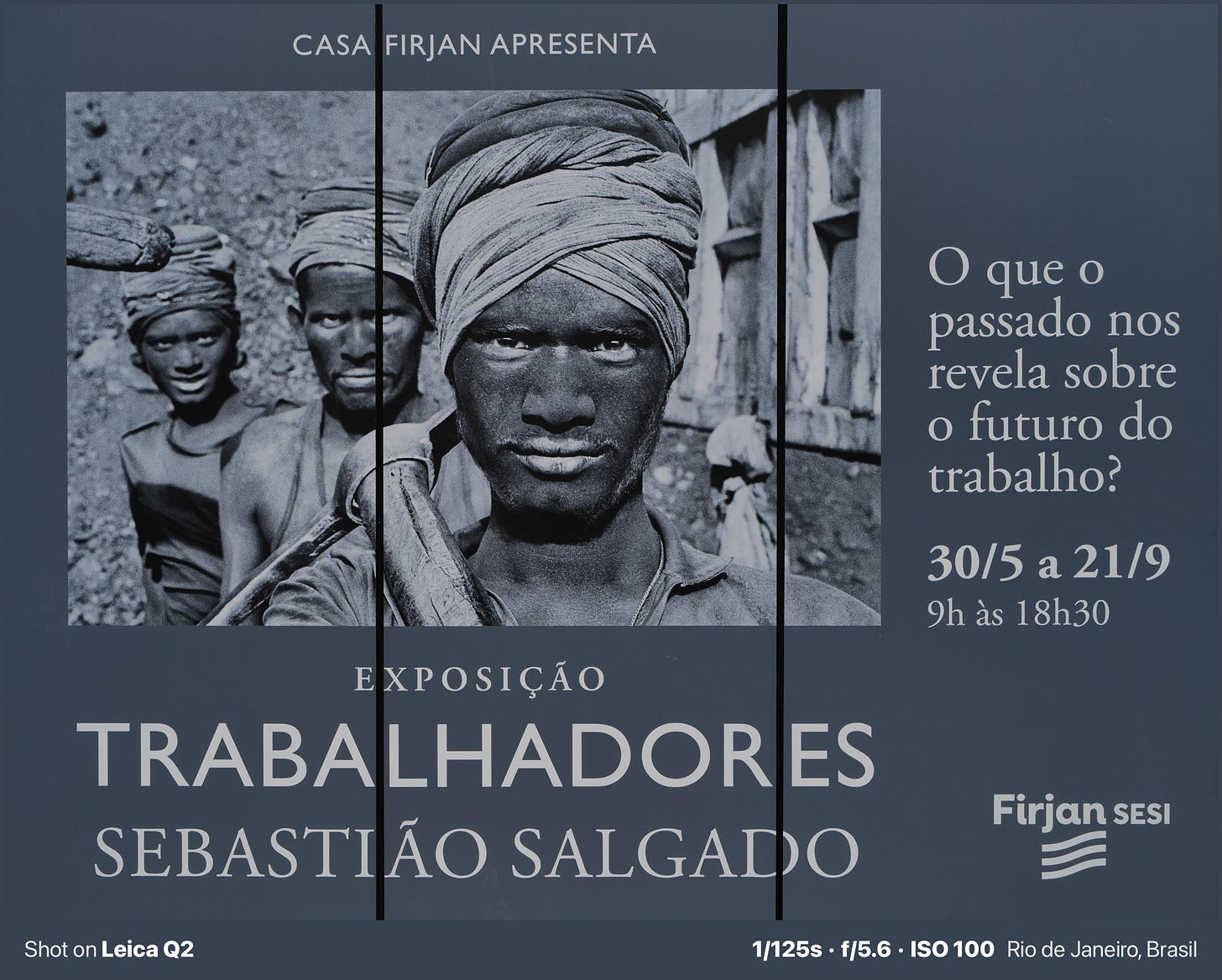
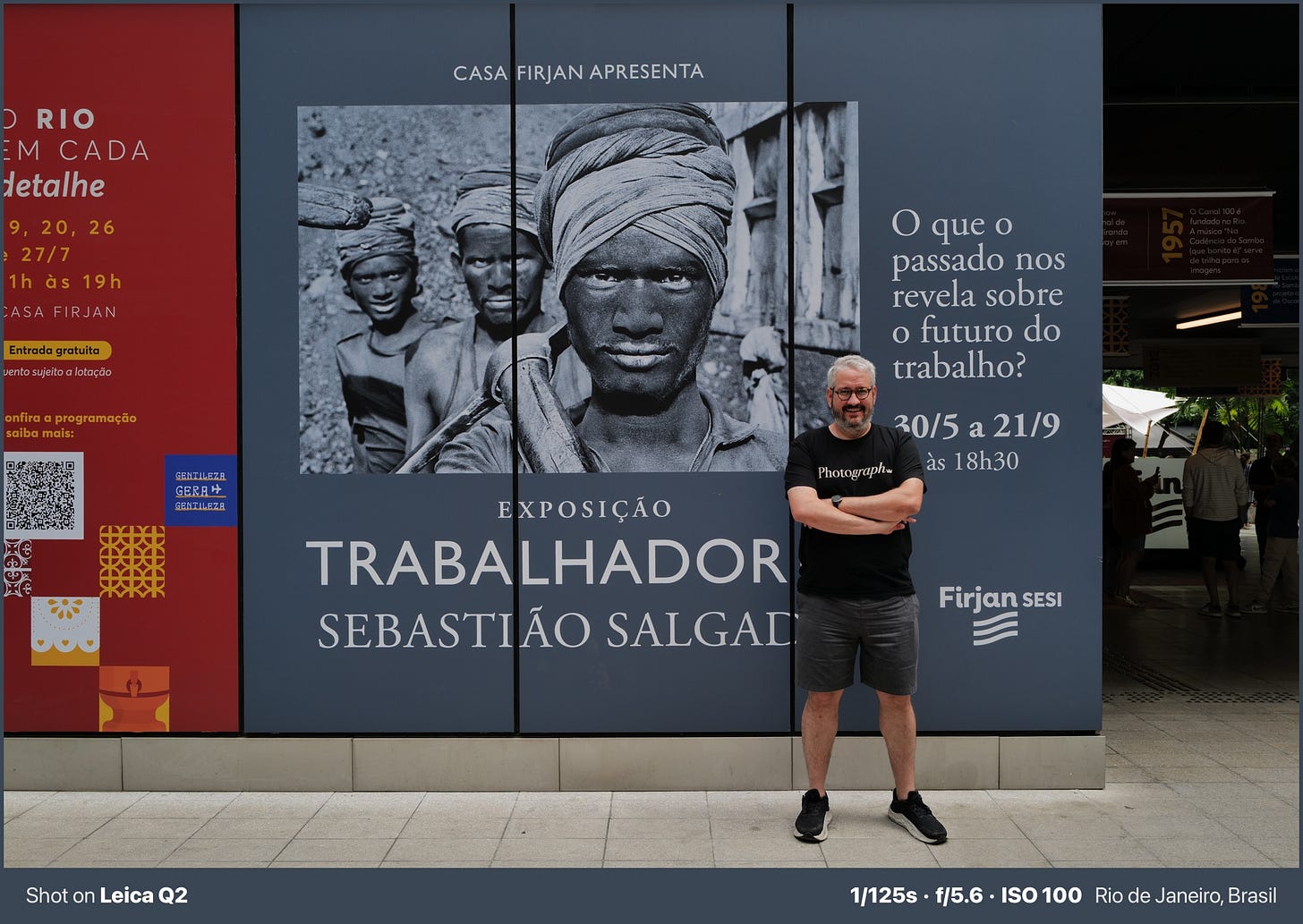
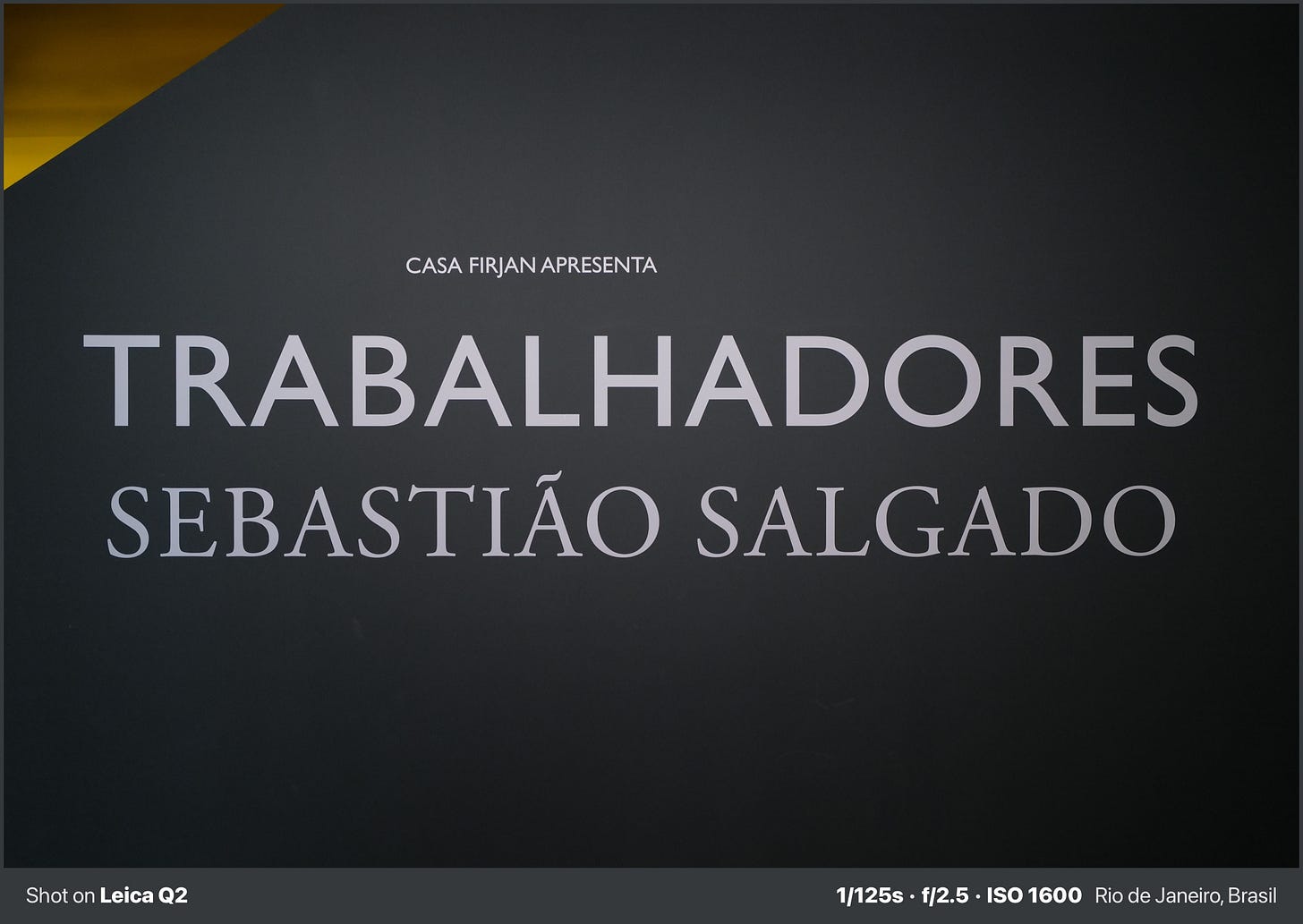
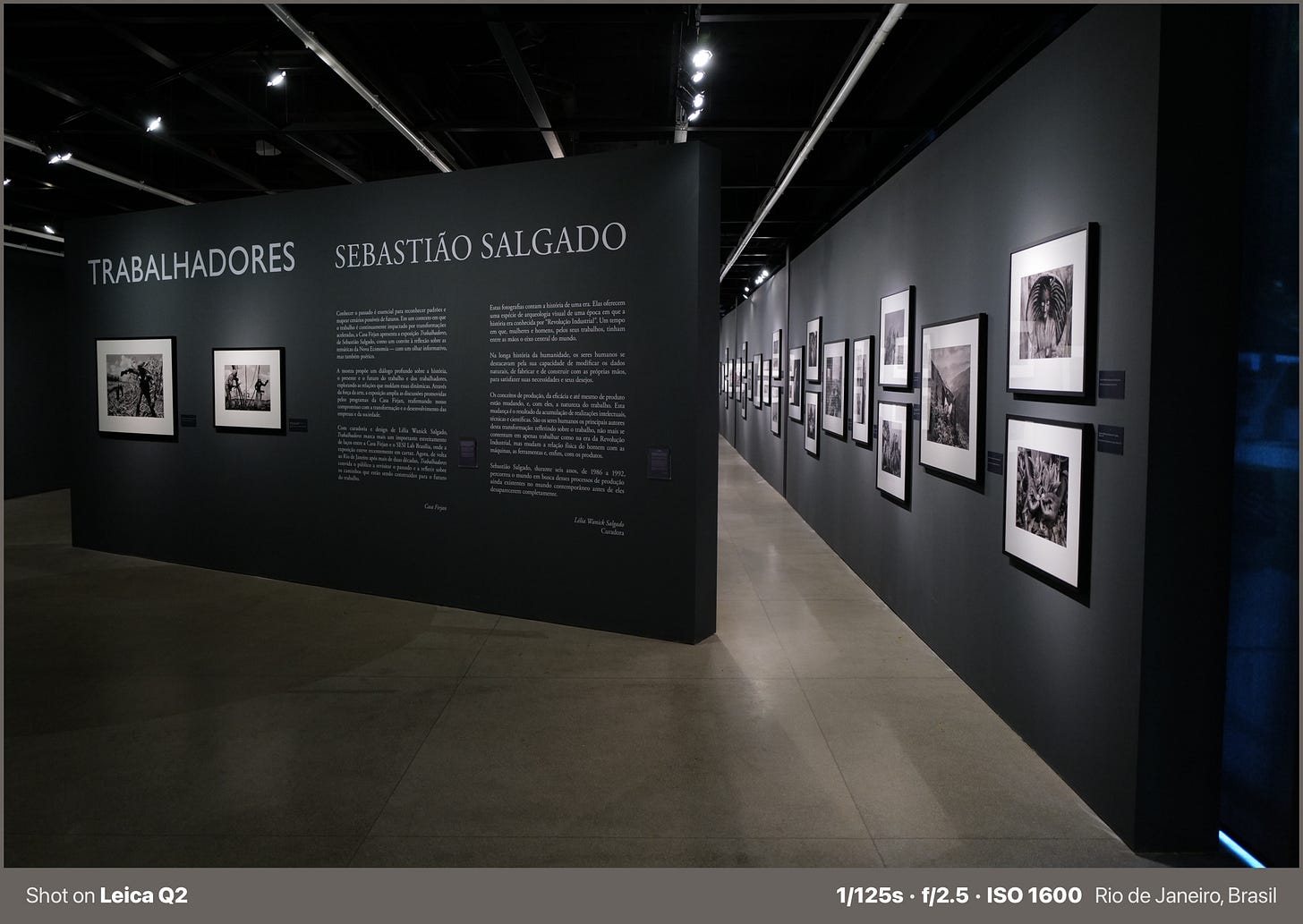
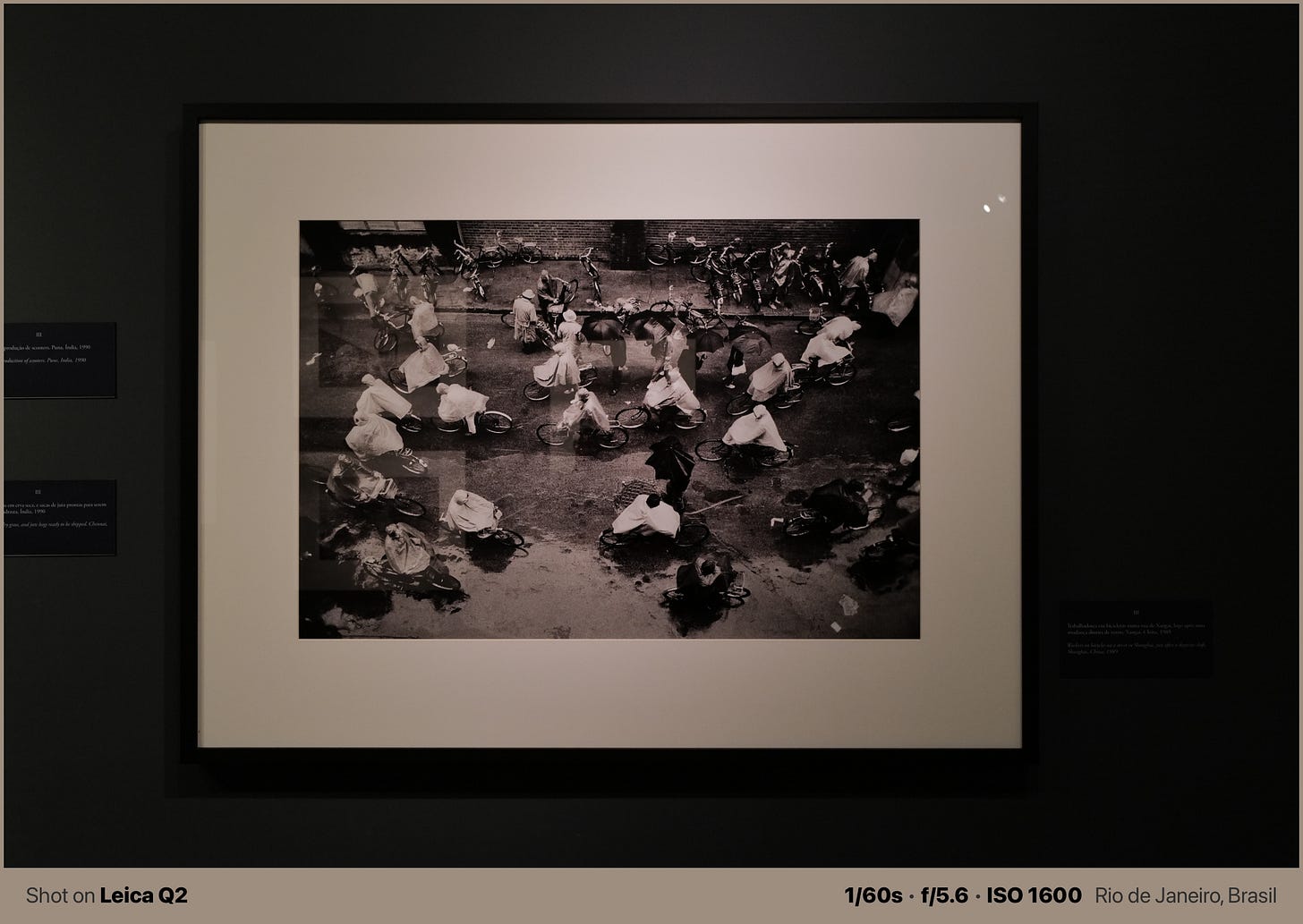
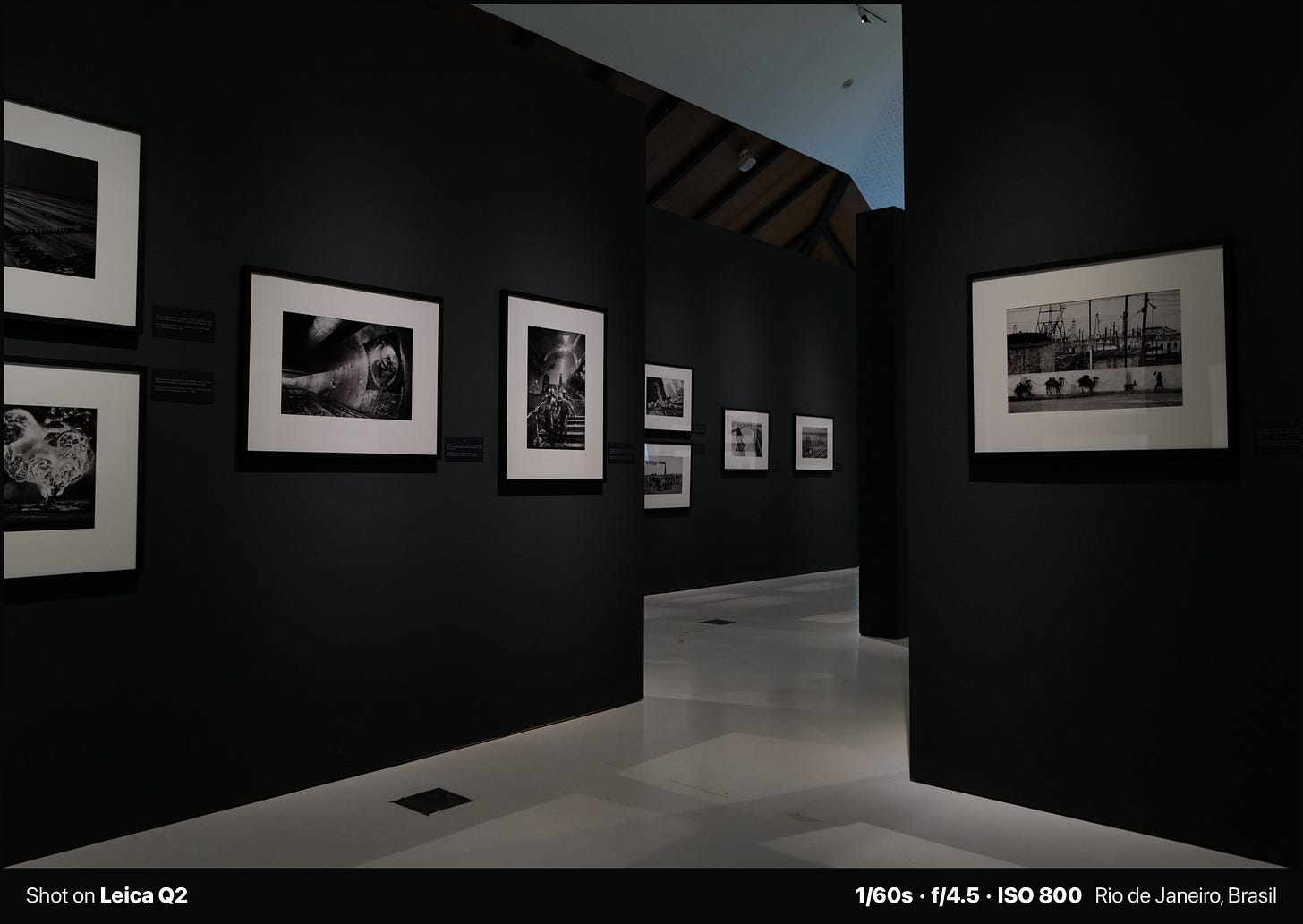
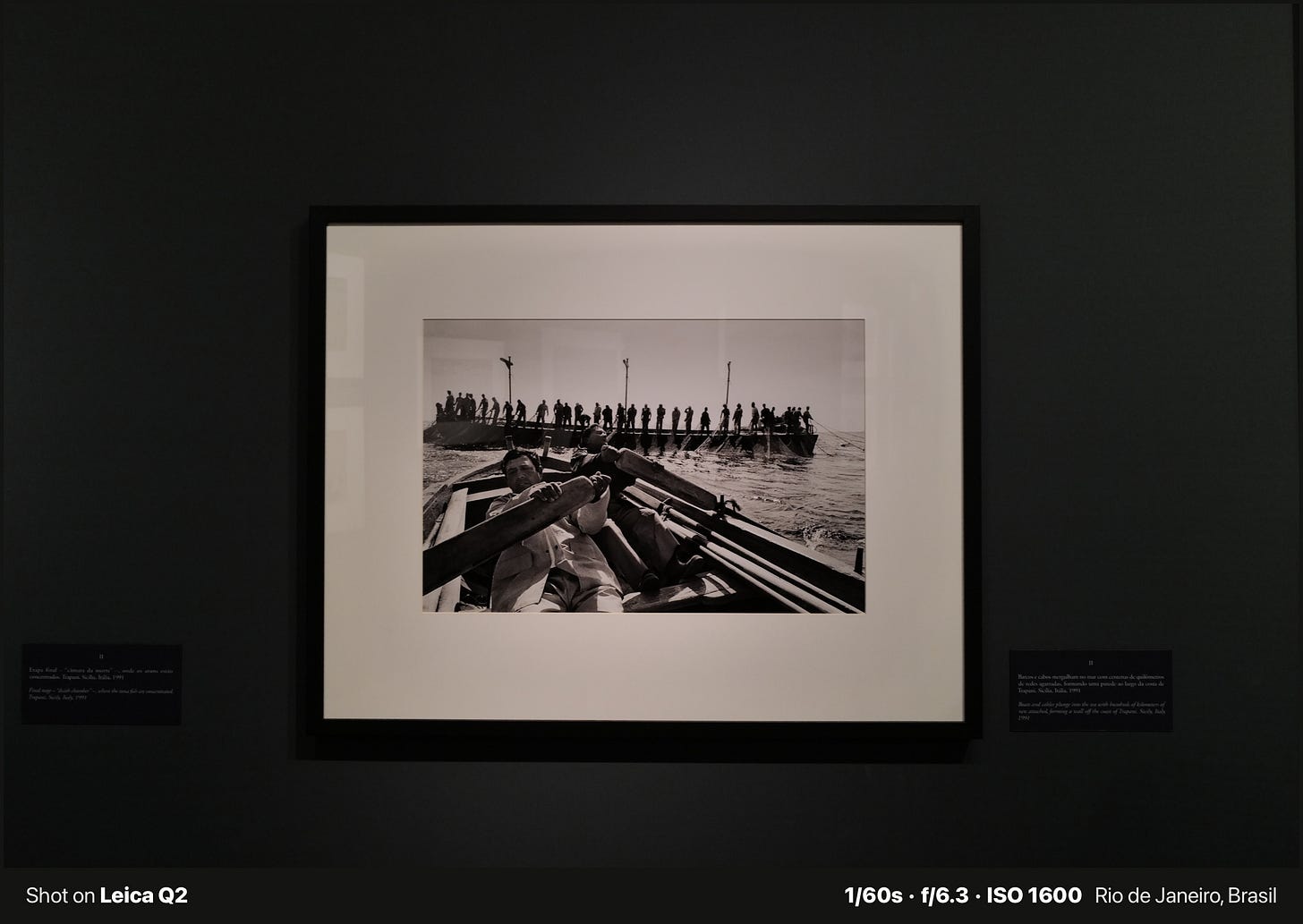
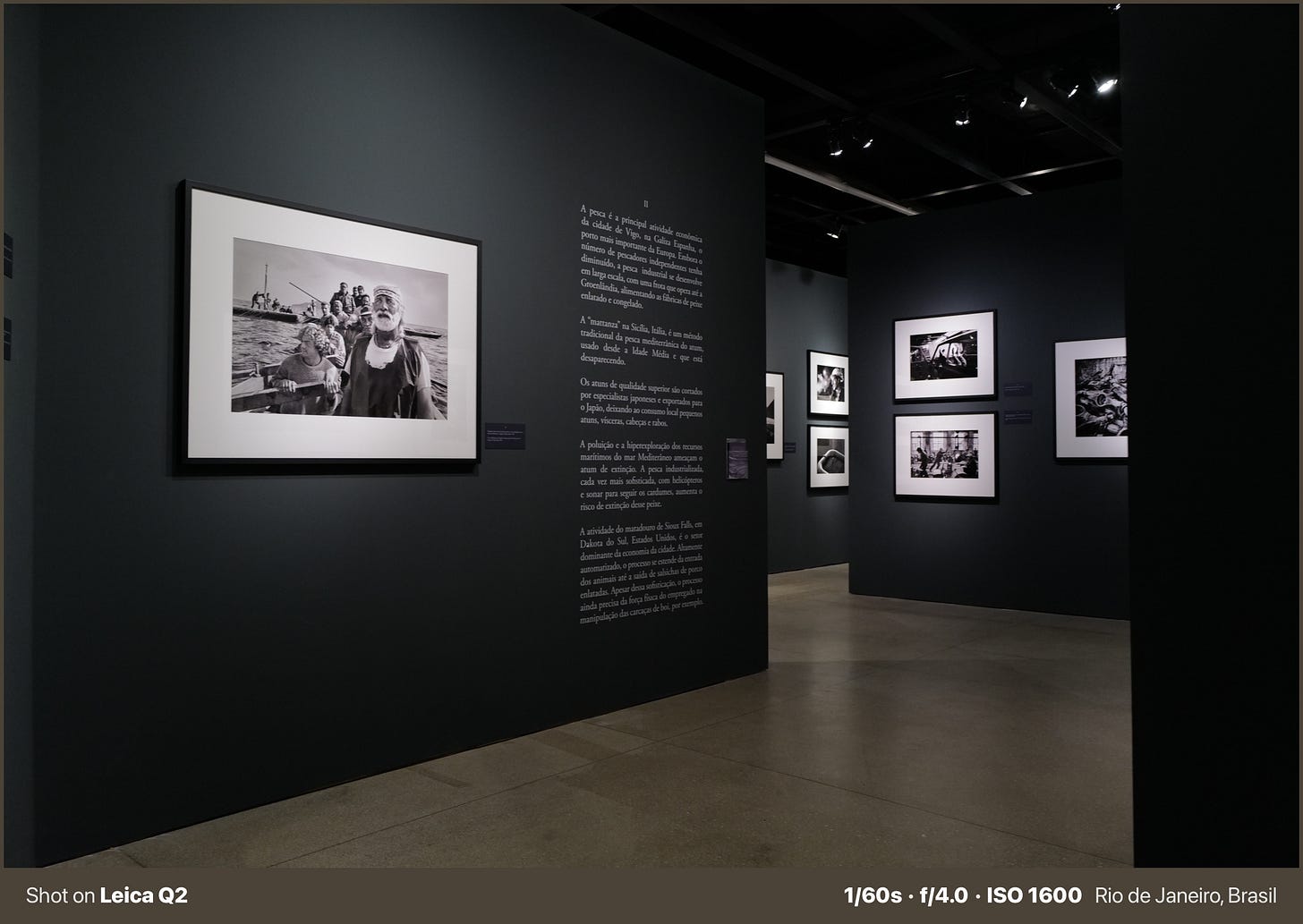
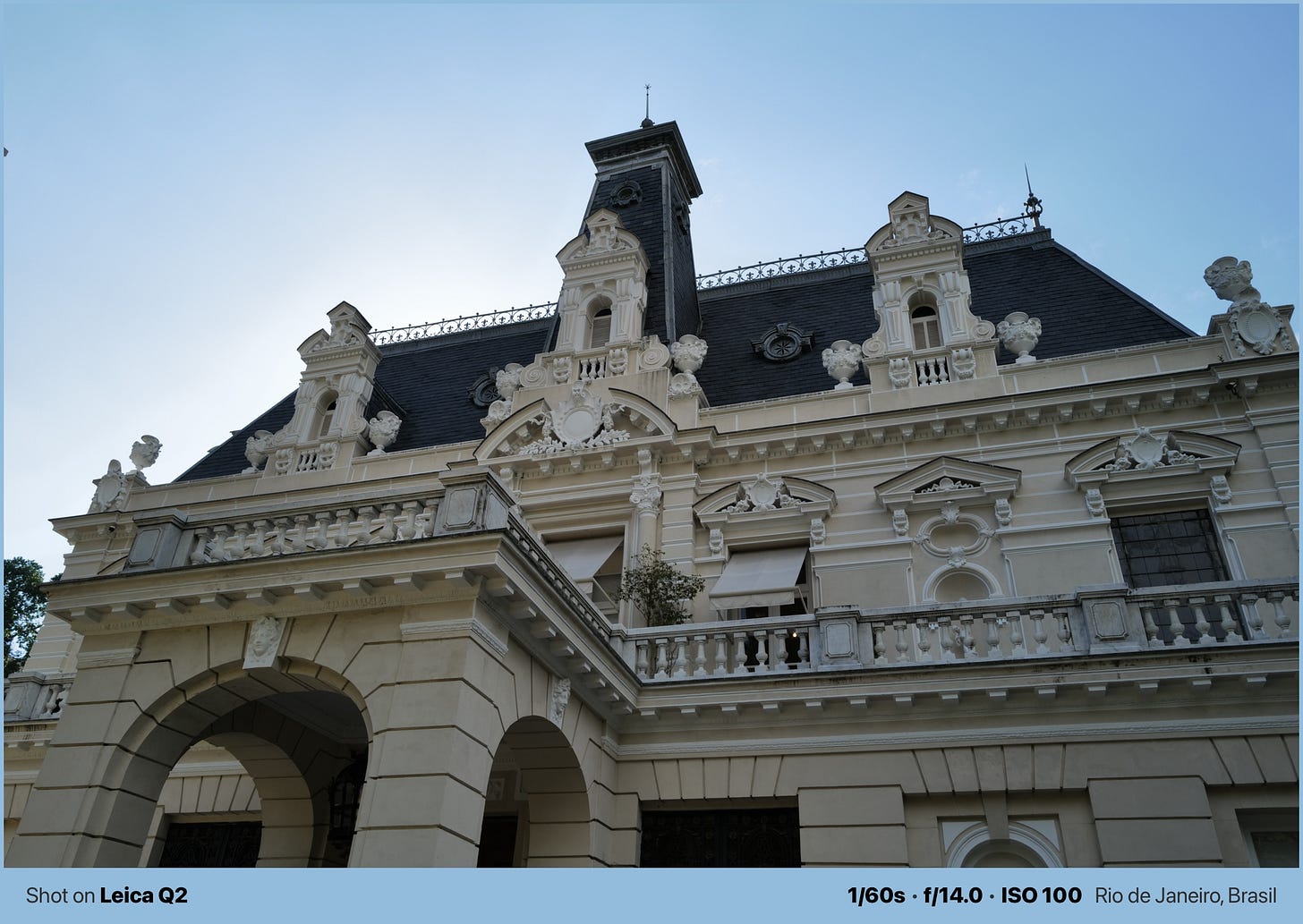
Very nice, uncle Raf :)
One of the best posts yet! Rio inspired you, Raf! Come back soon! <3